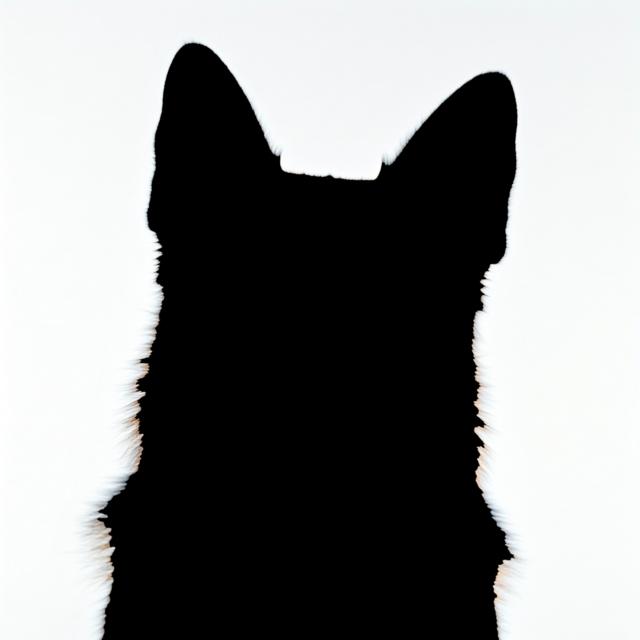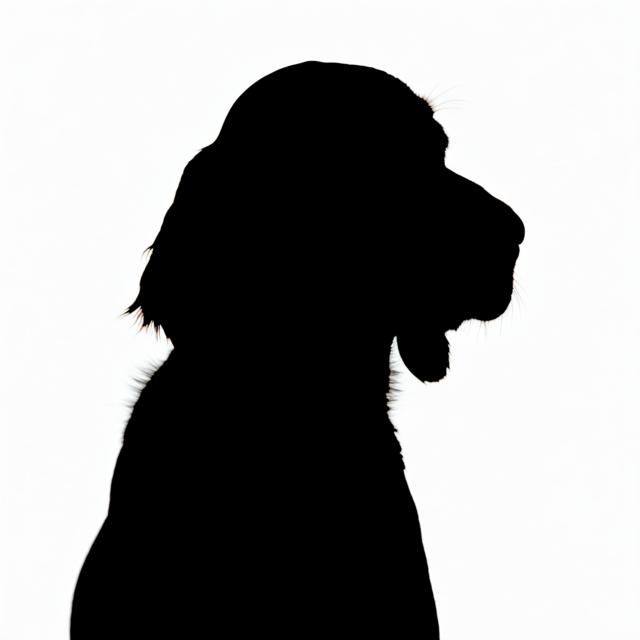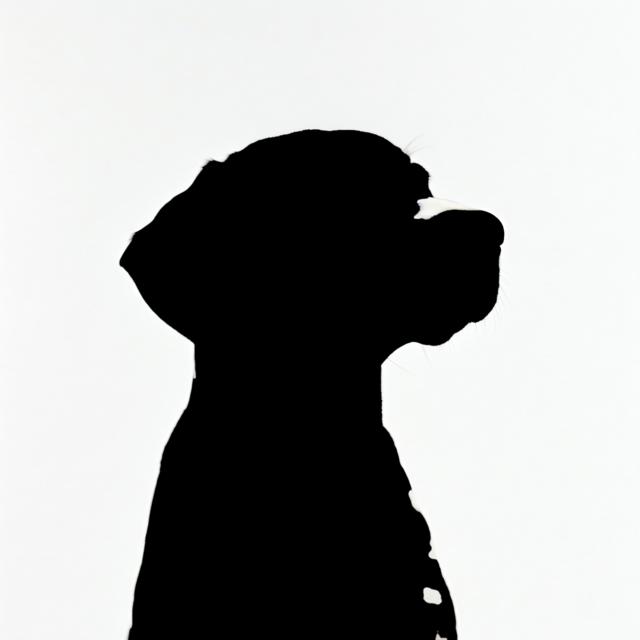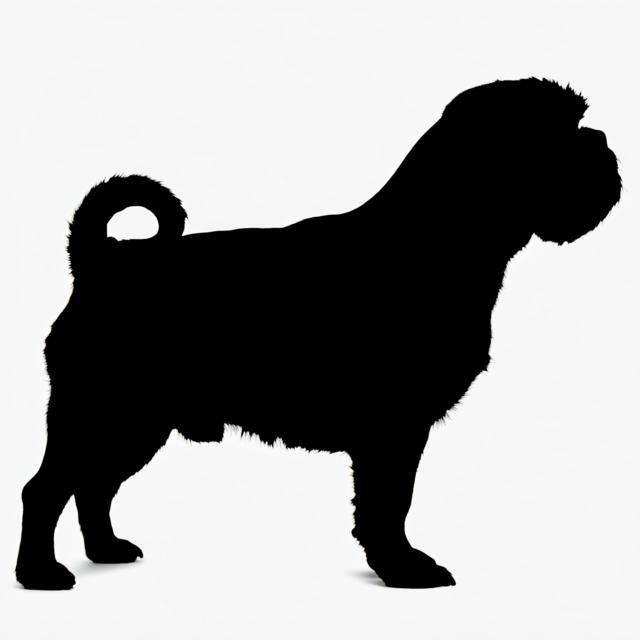Welsh Springer Spaniel
Welshie, Welsh Springer
 akc
akc ankc
ankc ckc
ckc fci
fci nzkc
nzkc rkc
rkc ukc
ukc



Summary
- The Welsh Springer Spaniel is a medium-sized, loyal and intelligent breed originally developed for hunting. They have a distinctive red and white coat and are known for their affectionate nature, high exercise needs, and moderate shedding.
Origin and Purpose
- Developed in Wales as a hunting dog to flush and retrieve game birds.
Appearance
Dimensions
| Gender | Height | Weight |
|---|---|---|
| Female | 17-18 inches | 35-50 pounds |
| Male | 18-19 inches | 40-55 pounds |
Coat
| Attribute | Notes |
|---|---|
| Color |
|
| Type |
|
| Length |
|
Care
| Attribute | Notes |
|---|---|
| Shedding |
|
| Grooming |
|
| Drooling |
|
Body
| Attribute | Notes |
|---|---|
| Head |
|
| Skull |
|
| Ears |
|
| Eyes |
|
| Nose |
|
| Muzzle |
|
| Teeth |
|
| Neck |
|
| Forequarters |
|
| Fore Legs |
|
| Hindquarters |
|
| Hind Legs |
|
| Feet |
|
| Tail |
|
| Gait |
|
Temperament
- Loyal, intelligent, affectionate, and eager to please.
Social
| Attribute | Notes |
|---|---|
| Affectionate with Family |
|
| Good with Children |
|
| Good with Dogs |
|
| Good with Cats |
|
| Openness to Strangers |
|
| Playfulness Level |
|
| Protective Nature |
|
| Adaptability Level |
|
Working Roles
- Flushing and retrieving game birds, companion dog
Exercise Needs
- High, requires daily exercise
Health
- Generally healthy but prone to hip dysplasia, elbow dysplasia, and eye issues.
Additional Notes
- Needs early socialization and consistent training.